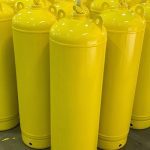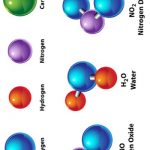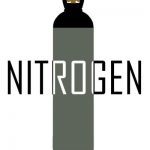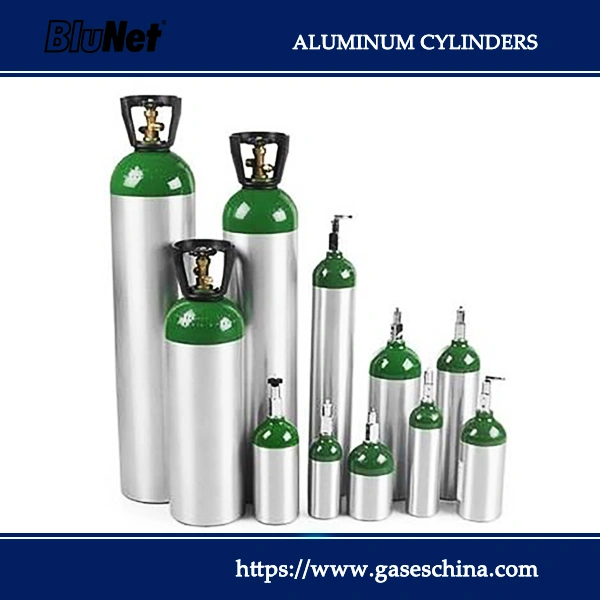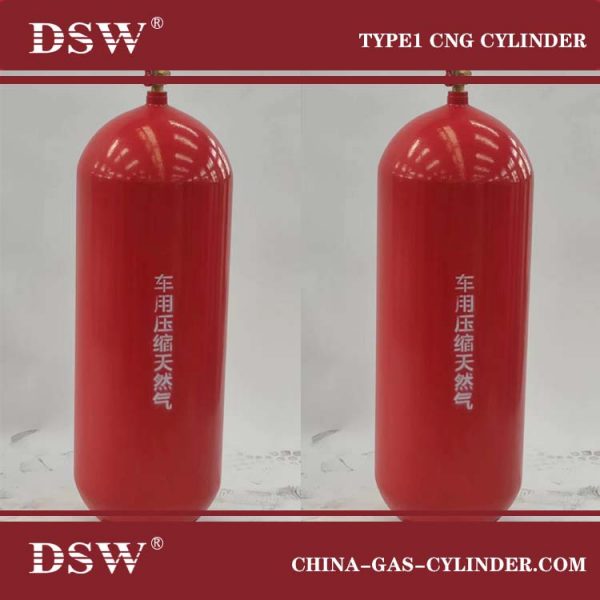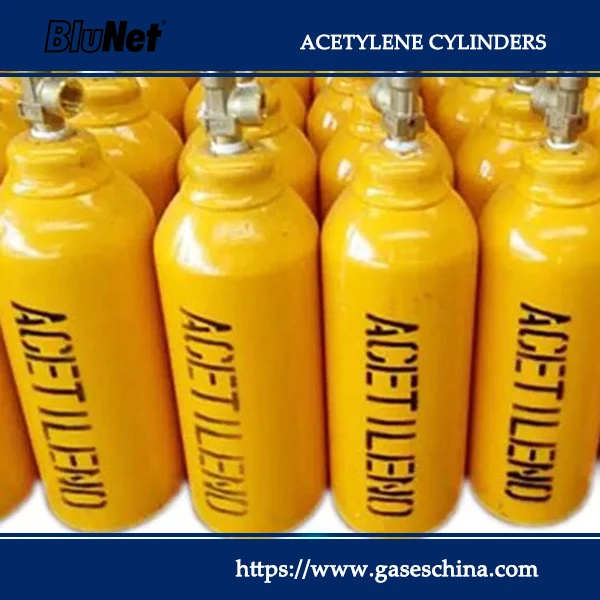FEEL FREE TO ASK US
Cryogenic Tanks FAQ
Blunet is a leading provider of cryogenic vessel solutions and gas package systems, offering bespoke designs and custom-engineered solutions for each cryogenic tank we supply. In addition, we supply a wide range of industrial gases, tailored to meet the specific needs of various industries.
More Information about Cryogenic Tanks FAQ
- Quality
- Accuracy
- Safety
- Reliance
GENERAL QUESTIONS
Frequently asked questions
A cryogenic tank is a tank used to store liquids at extremely low temperatures, typically liquefied gases (such as oxygen, argon, nitrogen, hydrogen, and helium) at temperatures of -150°C or lower. They are also used for storing gases at higher temperatures, such as liquefied natural gas.
DSW cryogenic tanks are designed to store a wide range of cryogenic gases, including but not limited to, nitrogen (N₂), oxygen (O₂), argon (Ar), carbon dioxide (CO₂), and helium (He). These tanks are suitable for industries such as healthcare, manufacturing, and scientific research, where the safe and efficient storage and transportation of cryogenic liquids are critical.
LIN, LOX, LAr, LCO2, LNG, LHe, LH2, LC2H4, LC2H6, liquefied Nitrous Oxide, etc.
Please reach out for assistance matching the gas to a cryogenic tank or vessel.
Yes, we offer OEM services. Please provide your brand certificate, and we can proceed with custom branding as per your requirements.
This document ISO/TC 220 Cryogenic vessels specifies requirements for the design, fabrication, inspection and testing of large transportable vacuum-insulated cryogenic vessels of more than 450 l volume, which are permanently (fixed tanks) or not permanently (demountable tanks and portable tanks) attached to a means of transport, for one or more modes of transport.
Yes, we are able to provide ASME, KG, EN, and GB certificates upon request, as well as certification to other applicable standards, in accordance with customer requirements.
Generally we supply the goods within 35days after receipt of the deposit.
We accept T/T with a 30% deposit and balance payable upon sight of copy BL or irrevocable & confirmed L/C at sight and/or D/P (documents again payment)at sight.
TECHNICAL QUESTIONS
Frequently asked questions
Not only can we supply gas cylinders but we are also here to assist you with installing your facilities such as Gas Filling Stations (LNG) or N2O factories.
The vacuum and insulating material help reduce heat transfer, thereby reducing boiling of liquid oxygen, liquid nitrogen, or liquid argon stored in the container. The maximum working pressure of cryogenic liquefied gas storage tanks ranges from 2 to 37 bar, depending on where the tank is to be used.
Cryogenic pressure vessels are containers used to handle fluids that are compressible, highly toxic, and work at extremely high pressure.
The cryogenic vessel has two vessels, one is the inner vessel (product container) which holds the cryogenic fluid, and the outer vessel (vacuum jacket) which encloses the inner vessel.
ISO Tank containers are used to ship and store hazardous and nonhazardous materials like liquids, powders, and gases safely and securely. ISO tanks are made out of stainless steel with insulation as well as aluminum or polyurethane coating for extra safety, making them an excellent way to transport different substances.
Liquid oxygen is produced by liquefaction of atmospheric air and separation of oxygen from other gases such as nitrogen, argon and other rare elements.
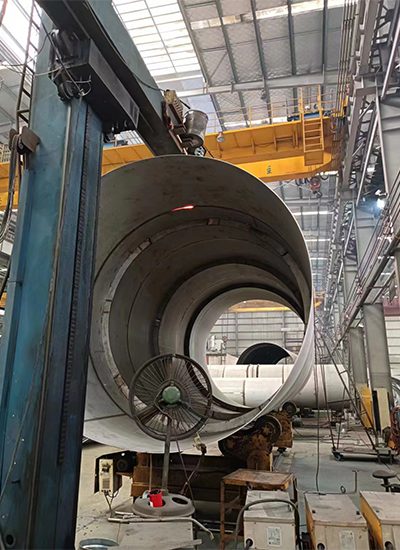
Ask Us
Quick contact form

